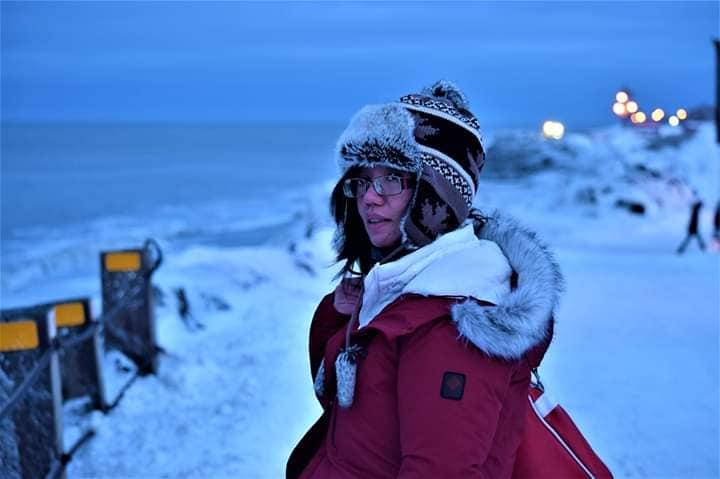Chamelia Sari visits the Inuit on Thankgsiving, 2019
cambridge MA blog
University communications and institutional research experts expressed doubt about the accuracy and usefulness of most college reputation...
